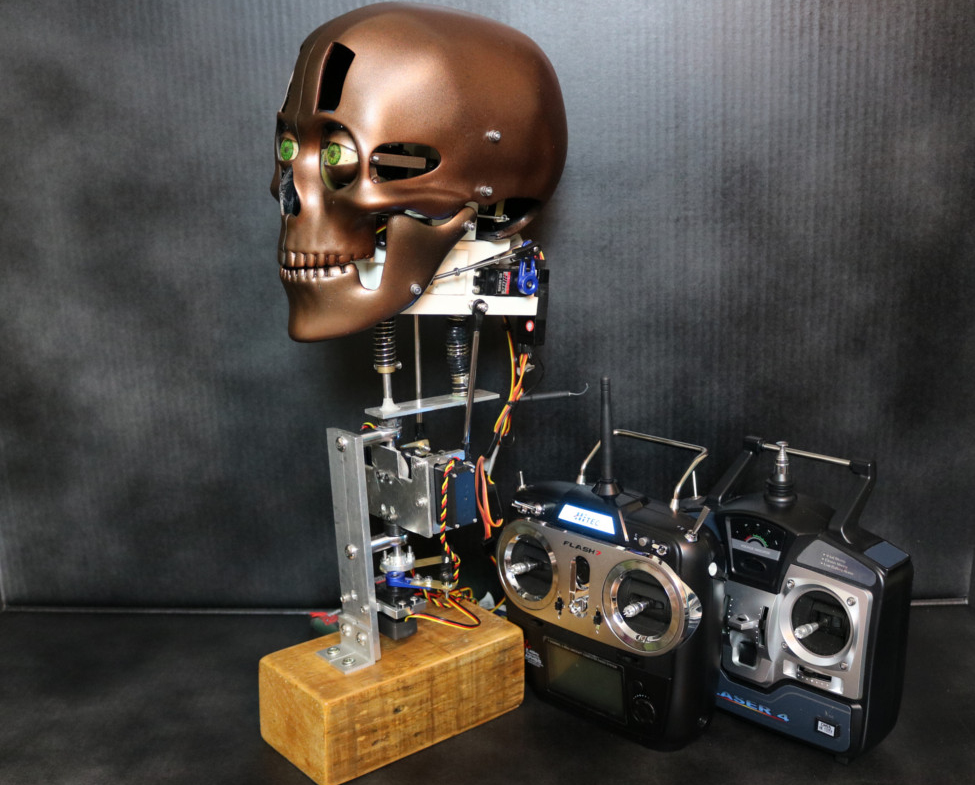Character Design:
Although I had a rough idea in mind of what type of character I wanted to make, I figured it'd be helpful to show my concept to others and also at least give me a visual basis to plan out the functionality & general design of the puppet.
Starting with a quick sketch, I planned out the desired mechanics and created them as 3D models in Fusion 360. These were then imported into Zbrush and fleshed out with fur and details added, I then tweaked the final renders in Adobe Photoshop to complete character.

















































































































































































































